Nestled along the rugged Calabrian coastline in southern Italy, Diamante stands out for more than just its beaches. When I wandered into this colorful town during my travels, its vibrant streets and unmistakable spicy character instantly drew me in. Diamante proudly claims the title of chili pepper capital of Calabria, and every September since 1992, it comes alive with the Peperoncino Festival.
The Peperoncino Festival has grown into a huge cultural event, luring food lovers from all over Italy and beyond. As I strolled through the bustling festival, I couldn’t help but marvel at how locals find ways to weave the “piparedduzzu” (that’s chili pepper in the local dialect) into everything—food, art, you name it.
This year, the festival returns for its 32nd run from September 11-15, and the star of the show is the Diavolicchio Diamante, the town’s signature hot chili. It’s a variety that locals hold close to their hearts.
What really sets Diamante apart is how the chili pepper pulses through the town’s veins. Folks here have even set up an academy to study and celebrate this fiery fruit. I still remember the zing on my tongue from tasting Diavolicchio, the hottest homegrown chili in Calabria and a real badge of pride for locals.
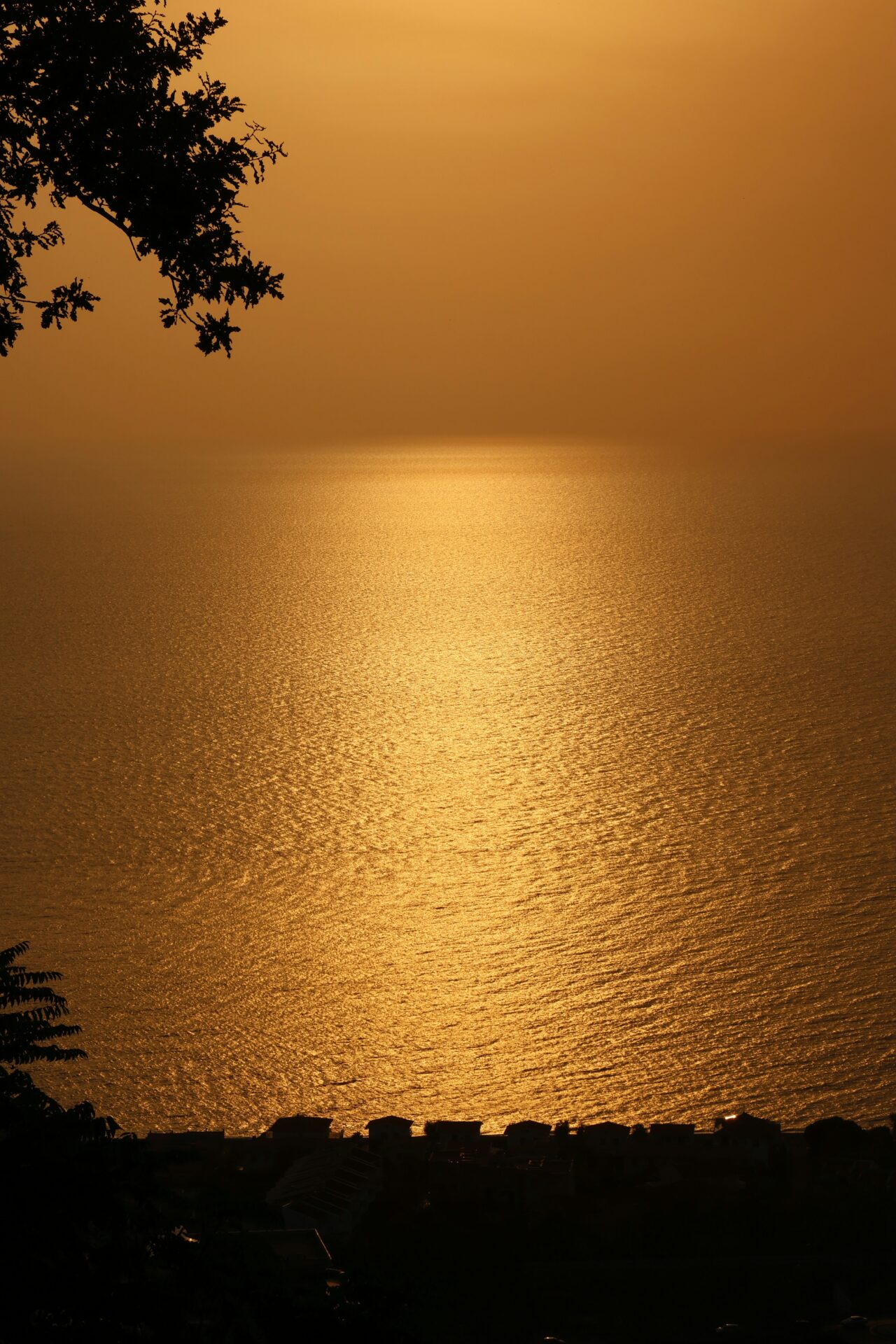
Diamante: The Chili Capital of Calabria
Set against the Tyrrhenian Sea on the Riviera dei Cedri, Diamante has earned its fame as Calabria’s chili capital. This little coastal town takes its love for piparedduzzu so seriously that it’s become a core part of both its identity and its draw for visitors.
Origins of Diamante’s Spicy Reputation
When I first arrived in Diamante, I couldn’t miss how chilies seem to pop up everywhere. Locals love to share tales about their ancestors who started growing these peppers centuries ago.
Generations of farmers noticed how perfectly the Calabrian climate nurtured chili plants. The hot sun and sea breezes do wonders here.
Diamante’s residents work hard to keep this tradition alive. They’ve set up an academy focused on all things piparedduzzu. As you wander the streets, you’ll spot chili-themed art, bright decorations, and bunches of drying peppers hanging from balconies.
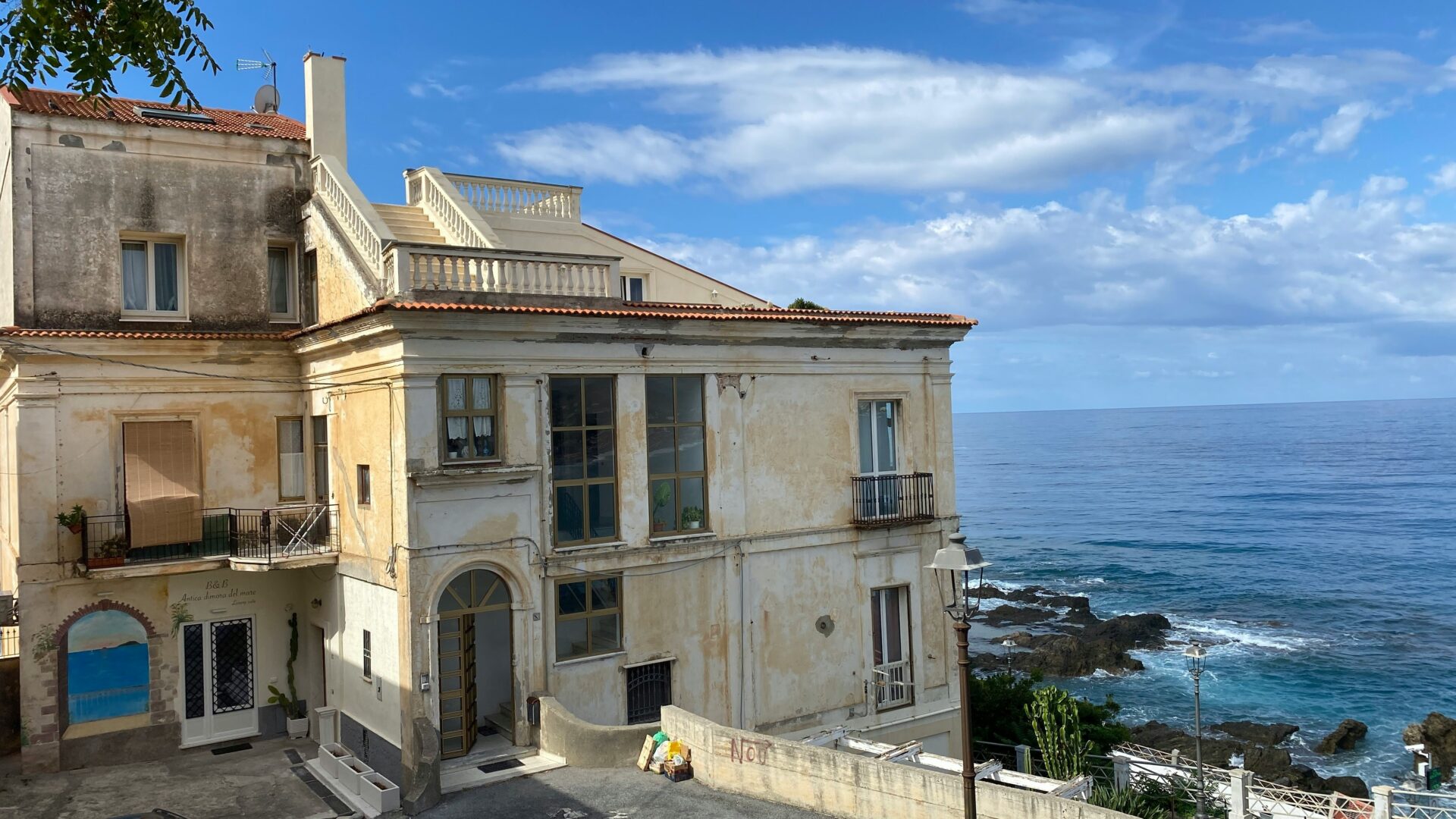
Calabrian Chili Peppers: The Local Star
The Calabrian chili isn’t just another pepper—it’s the backbone of local cuisine and culture. These glossy red peppers bring heat and a surprising fruity twist that adds depth to dishes.
I’ve chatted for hours with farmers who grow several types, but the “diavolicchio” (or “little devil”) stands out. It’s small, pointy, and seriously spicy. Locals dry these chilies and keep them on hand all year.
In Calabrian kitchens, chilies pop up everywhere:
- Crushed into fiery spreads like ‘nduja
- Steeped in olive oil
- Stirred into pasta sauces
- Preserved in vinegar
You’ll see festive red bunches, called “serte,” dangling throughout the town. They’re not just for show—they’re drying for later use and symbolize Diamante’s food traditions.
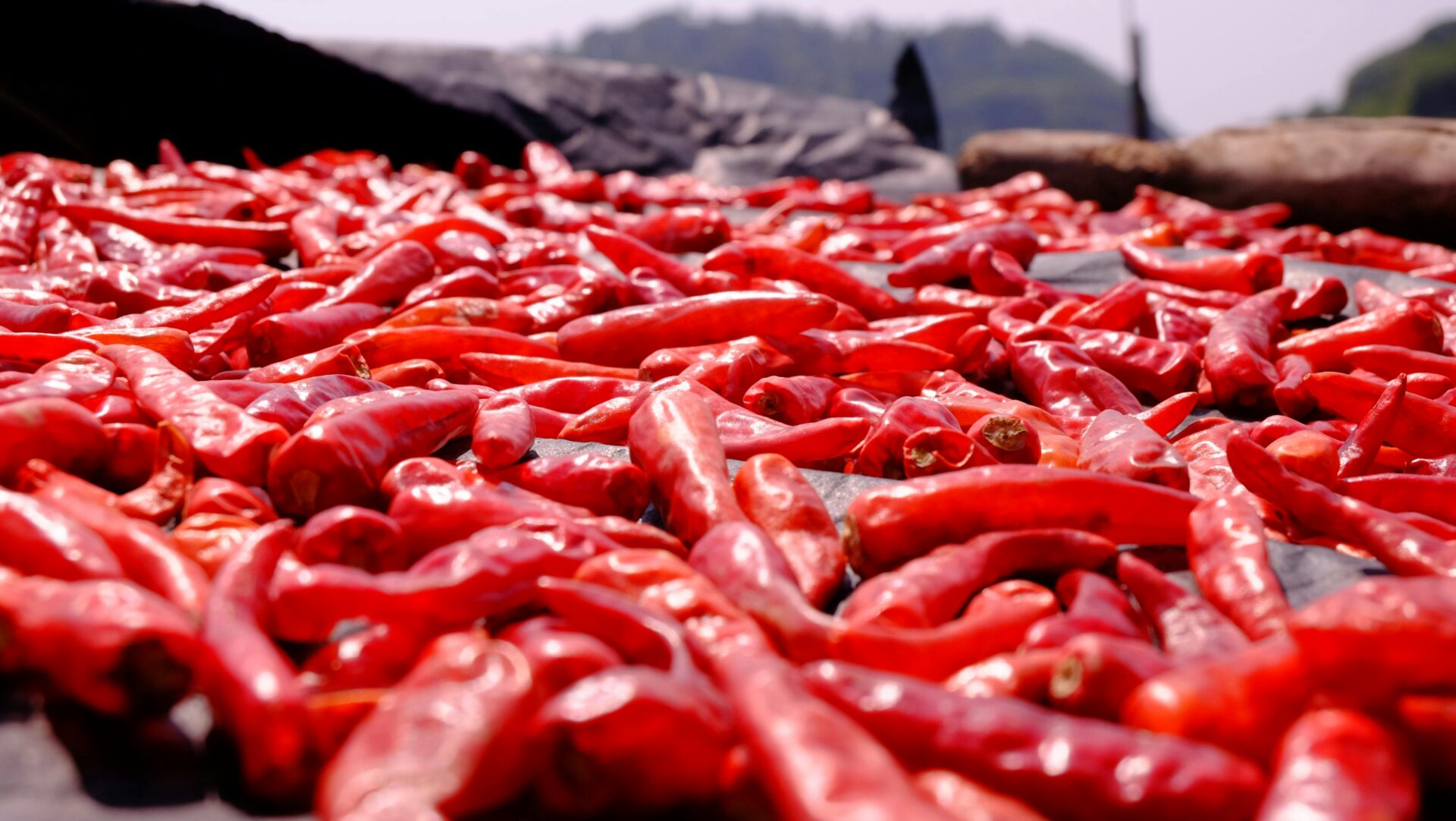
The Annual Chili Pepper Festival
The Chili Pepper Festival (Festival del Peperoncino) is the main event on Diamante’s calendar. I always try to plan my visits around this wild celebration in early September, when the entire town buzzes with spice and excitement.
Thousands of chili fans pour in from all over. Streets fill up with stalls selling everything chili-related:
- Handmade pastas and sauces
- Chili-laced honey and jams
- Spicy chocolate treats
- Fiery liqueurs
You’ll catch live cooking demos featuring classic Calabrian recipes. The brave (or maybe just reckless) enter chili-eating contests that leave everyone gasping for water. The music and street performers crank up the energy all over town.
What I love most is how the festival blends food with culture. It’s not just about eating—it’s about celebrating Diamante’s spirit and its love for piparedduzzu.
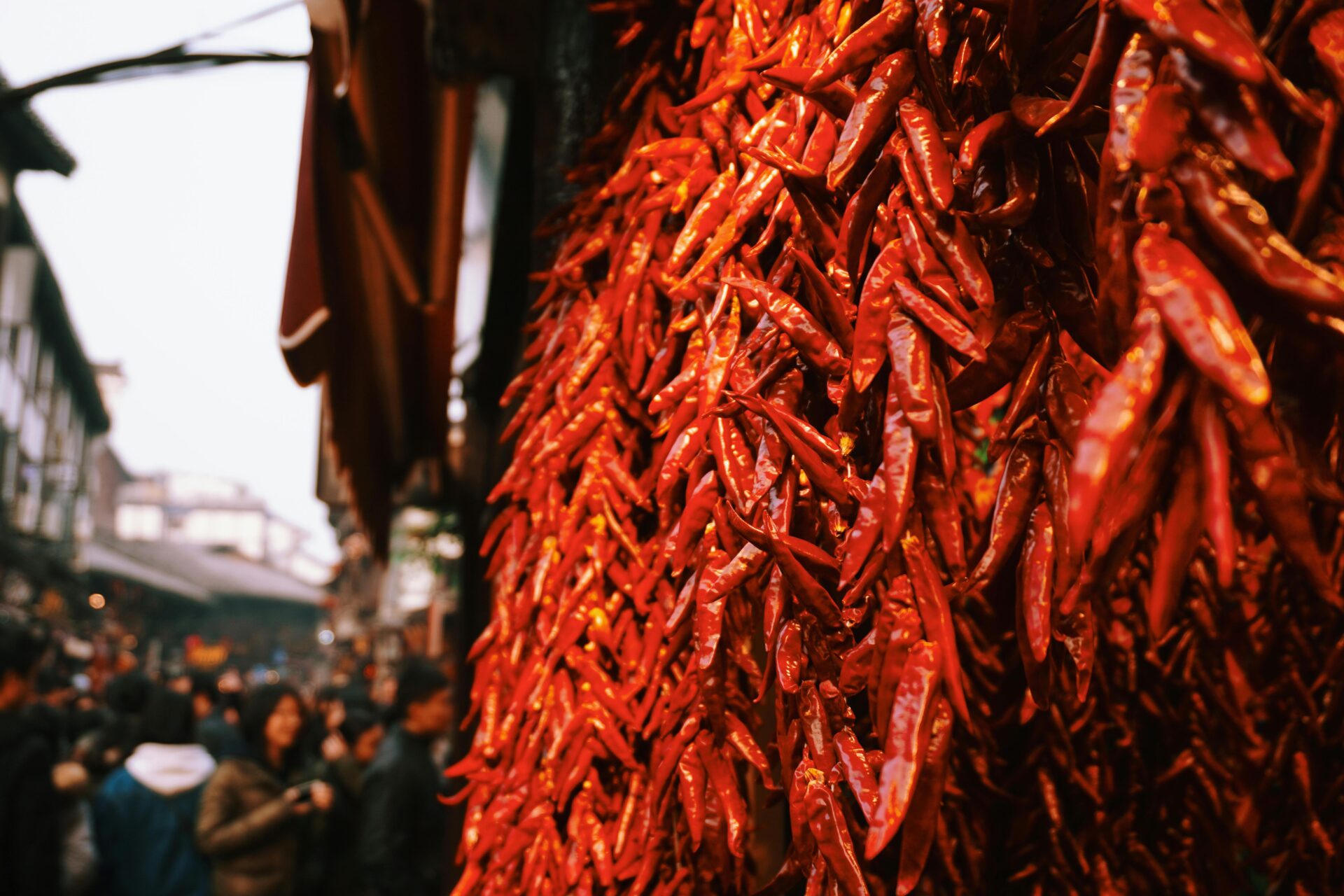
The Spicy Culinary Heritage
Diamante’s kitchens come alive with the bold flavors of chili peppers, shaping Calabrian food in unforgettable ways. The region’s “red gold” turns simple meals into something special.
Traditional Recipes Featuring Chili
As I walk around Diamante, I’m struck by how often chili peppers show up in traditional dishes. Local spots serve up pasta alla calabrese, where dried peperoncino adds the perfect punch to sweet tomatoes.
For breakfast, I’ve tried ‘nduja on toast—a spicy, satisfying way to start the day. Peperonata is another staple: a rustic stew of peppers, onions, tomatoes, and that unmistakable chili kick.
Seafood gets the chili treatment too. Swordfish alla diamantese comes with olive oil, garlic, and a healthy dose of chili. It’s a great example of how fresh fish and heat play off each other.
Popular Diamante Chili Dishes:
- Spaghetti aglio, olio e peperoncino
- Pesce spada alla calabrese
- Fagioli e peperoncino
- Melanzane piccanti
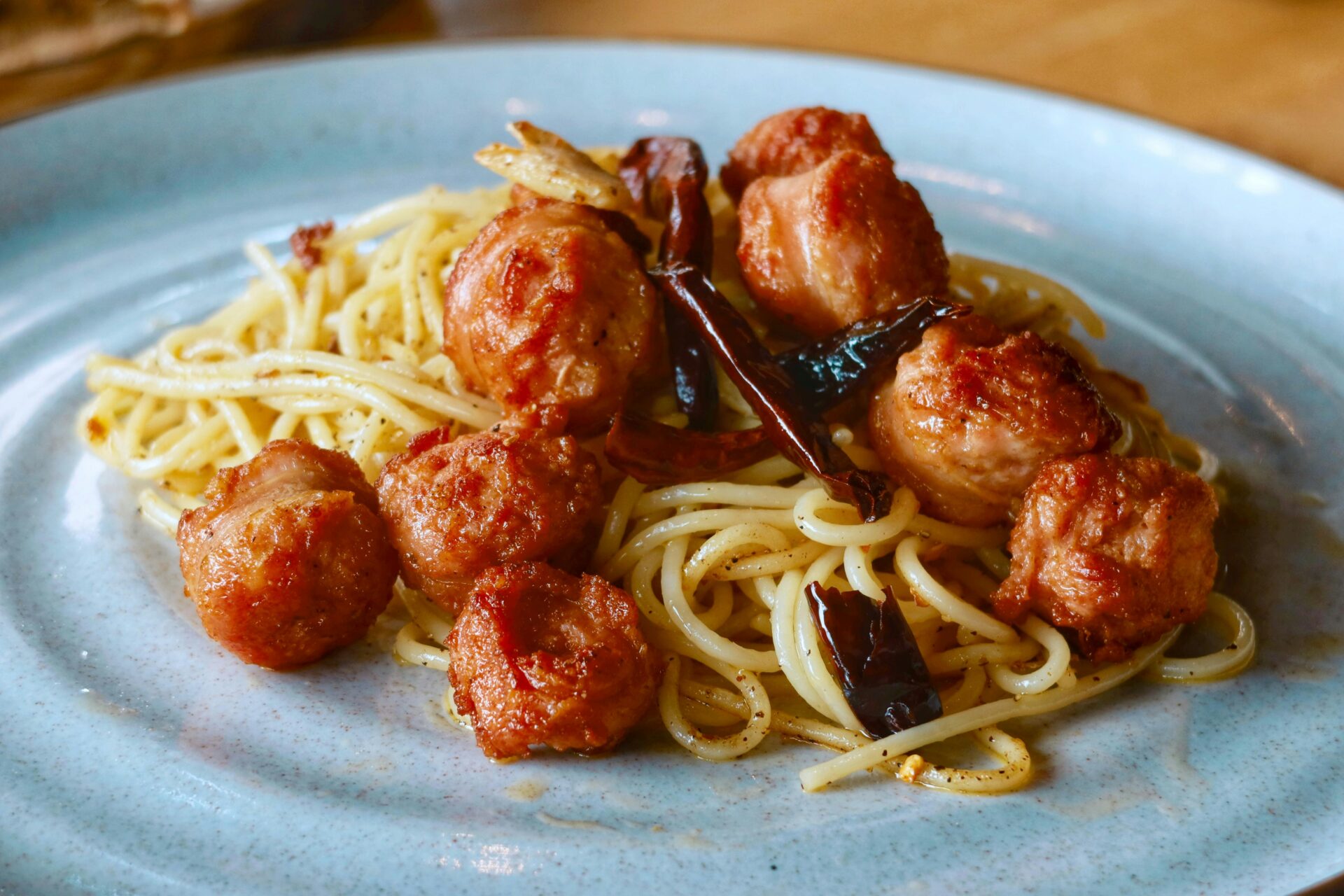
Nduja: Calabria’s Unique Spreadable Salumi
Nduja has to be my favorite Calabrian find—a spicy, spreadable pork salumi that hails from nearby Spilinga. This fiery red paste owes its heat to local chilies, which make up almost a third of the mix.
Locals love it spread on warm bread or melted into pasta sauces. It just melts and releases all that flavor and spice. Many families still make it by hand, sticking to old-school methods.
What’s cool about nduja is how it transforms dishes. Just a spoonful can turn a basic tomato sauce into something bold. I’ve even seen it pop up on pizza and in seafood recipes.
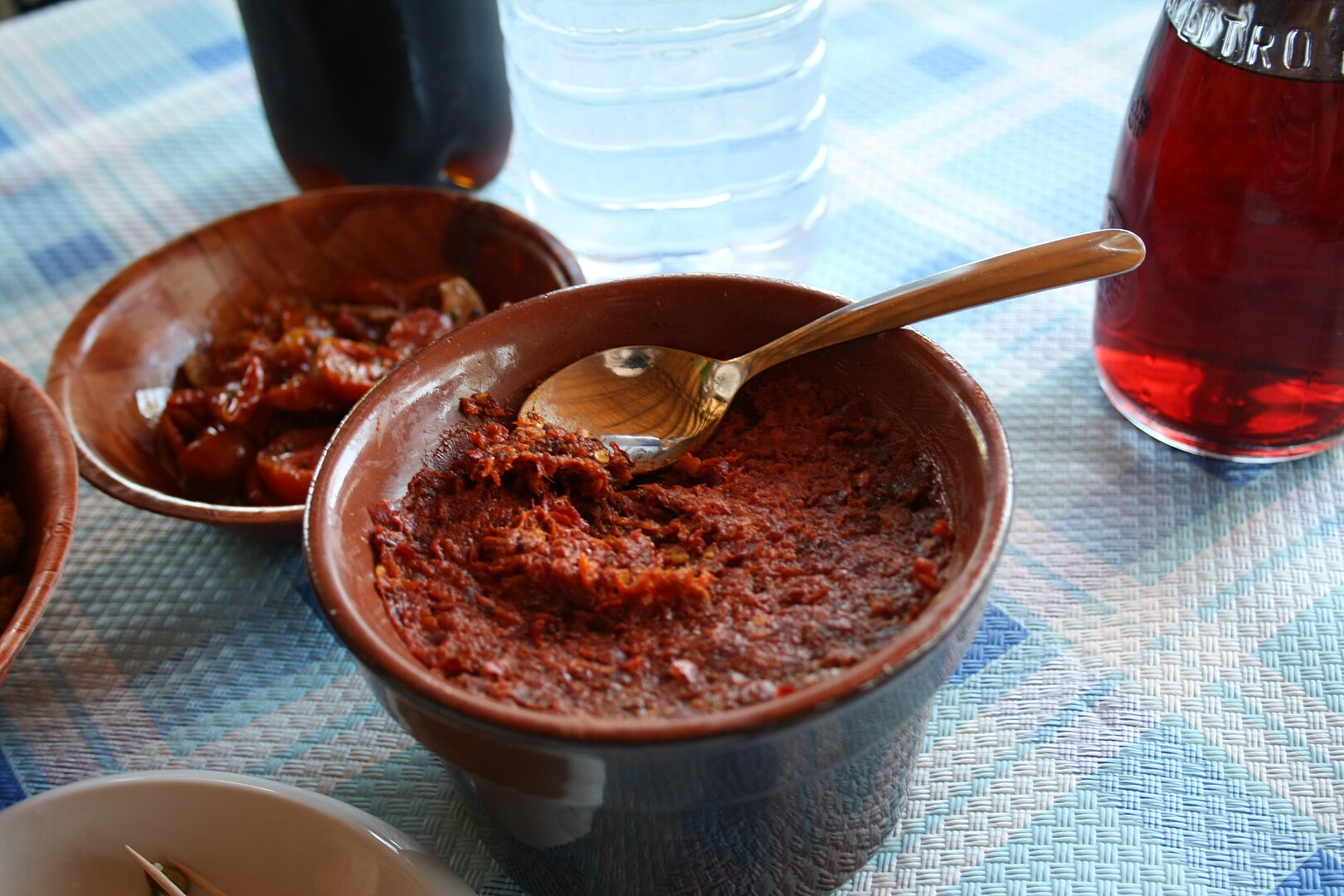
Pairing Chili with Olive Oil and Pasta
In Diamante, local olive oil and chili go hand in hand. The fruity oil balances the peppers’ heat in a way that just works.
Spaghetti aglio, olio e peperoncino is the classic example. I’ve watched chefs whip it up with just pasta, garlic, olive oil, chili, and a little parsley. It’s simple, but every ingredient shines.
Families here often make chili-infused oil at home. They pack bottles with extra virgin olive oil and whole dried chilies, creating a spicy condiment that jazzes up any meal. It’s a popular souvenir for visitors.
If you want the real deal, try orecchiette with nduja and bitter greens. The pasta shape holds the sauce, and the greens add a fresh bite that cuts through the heat.
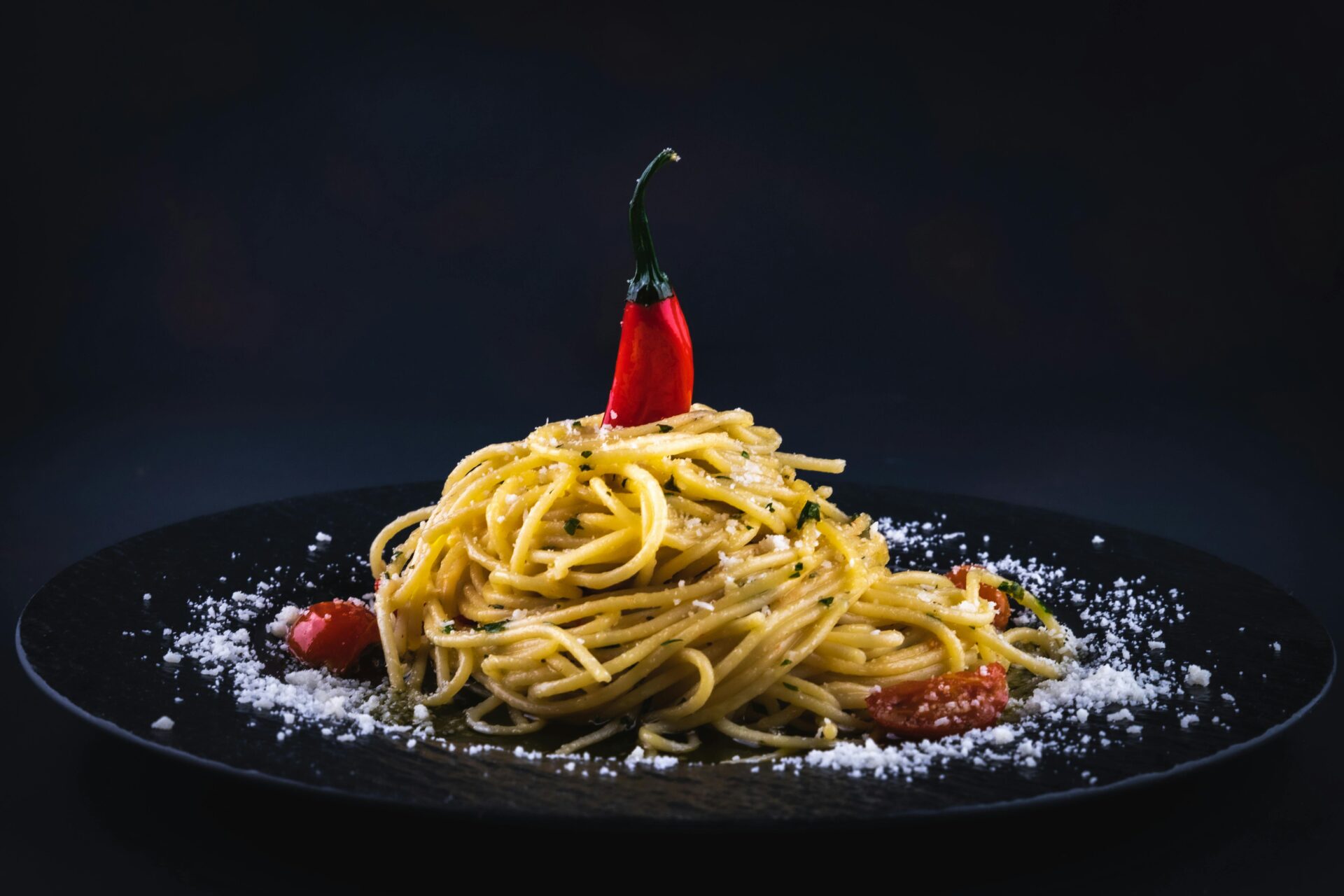
Cultural Traditions and Artistic Expression
Diamante’s identity goes way beyond chilies. The town bursts with vivid art, quirky museums, and traditional performances that show off Calabrian life.
Mosaic Murals and Vibrant Street Art
Wandering Diamante feels like stepping into a giant outdoor gallery. More than 150 murals, painted by artists from all over, splash color across the town’s walls. So many of these pieces feature the beloved chili pepper in imaginative ways.
Artist Ste-real has painted stunning tributes to the age-old practice of weaving chilies together. These murals really capture the farming roots that shape this place.
The “Painted Town” project kicked off in the 1980s and is still going strong. New murals pop up all the time, telling stories of local life and history.
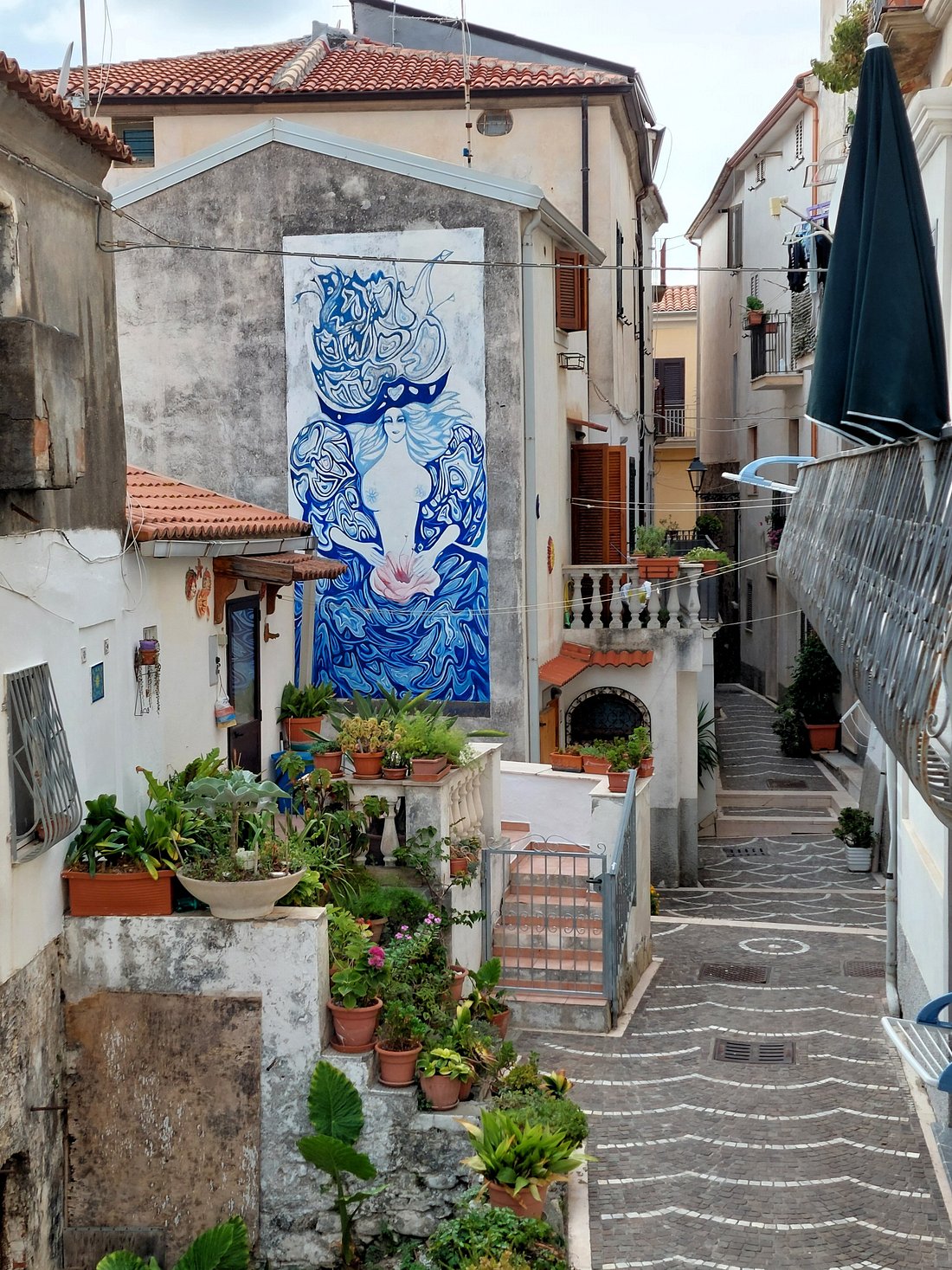
The Museum Dedicated to Peppers
Diamante’s Peperoncino Museum dives into the history and culture of Calabria’s famous spice. I could have spent all day checking out the quirky collection of chili artifacts, art, and educational displays.
Inside, you’ll find rare chili varieties from across the globe, but the spotlight stays on the “Diavolicchio Diamante.” This pepper gives local cuisine its signature heat.
You can see old-school tools used for harvesting and get a peek at videos showing how farmers do things the traditional way. There’s even a section about the medicinal uses of chilies—a bit of folk wisdom that’s stuck around for generations.
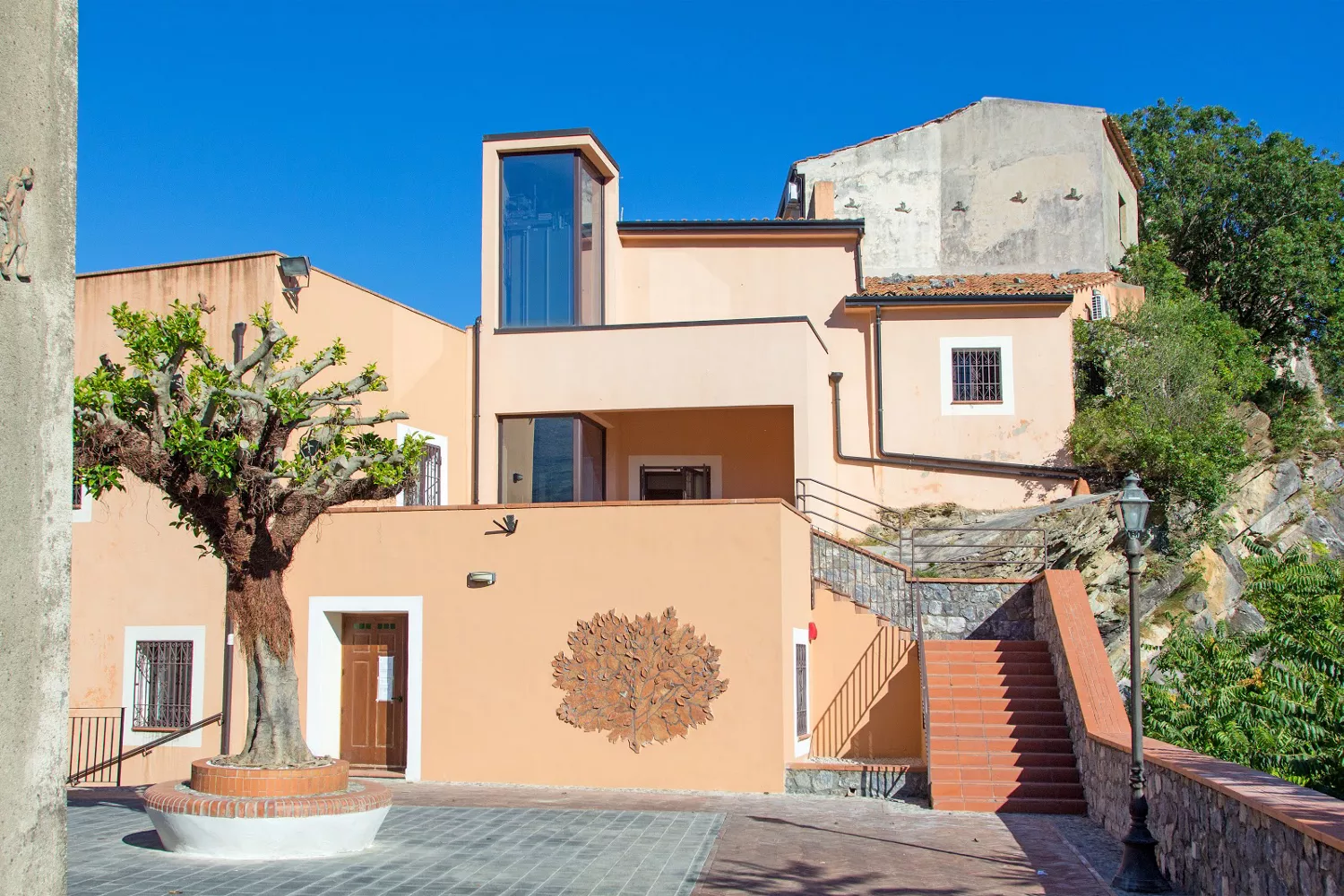
Folk Music, Dance, and the Tarantella
The tarantella, Calabria’s lively folk dance, really comes alive during Diamante’s festivals. I joined in during the Peperoncino Festival, dancing with locals to the beat of tambourines and accordions.
Traditional instruments like the zampogna (bagpipes) and organetto (button accordion) set the rhythm for these parties. Musicians often gather in small “cunti” groups to share songs and stories.
Dance-offs show off the quick footwork and playful moves of the tarantella. Everyone gets involved, young and old, making sure these traditions stick around. Some of the dance steps even symbolize things like courtship, harvest, or community spirit.
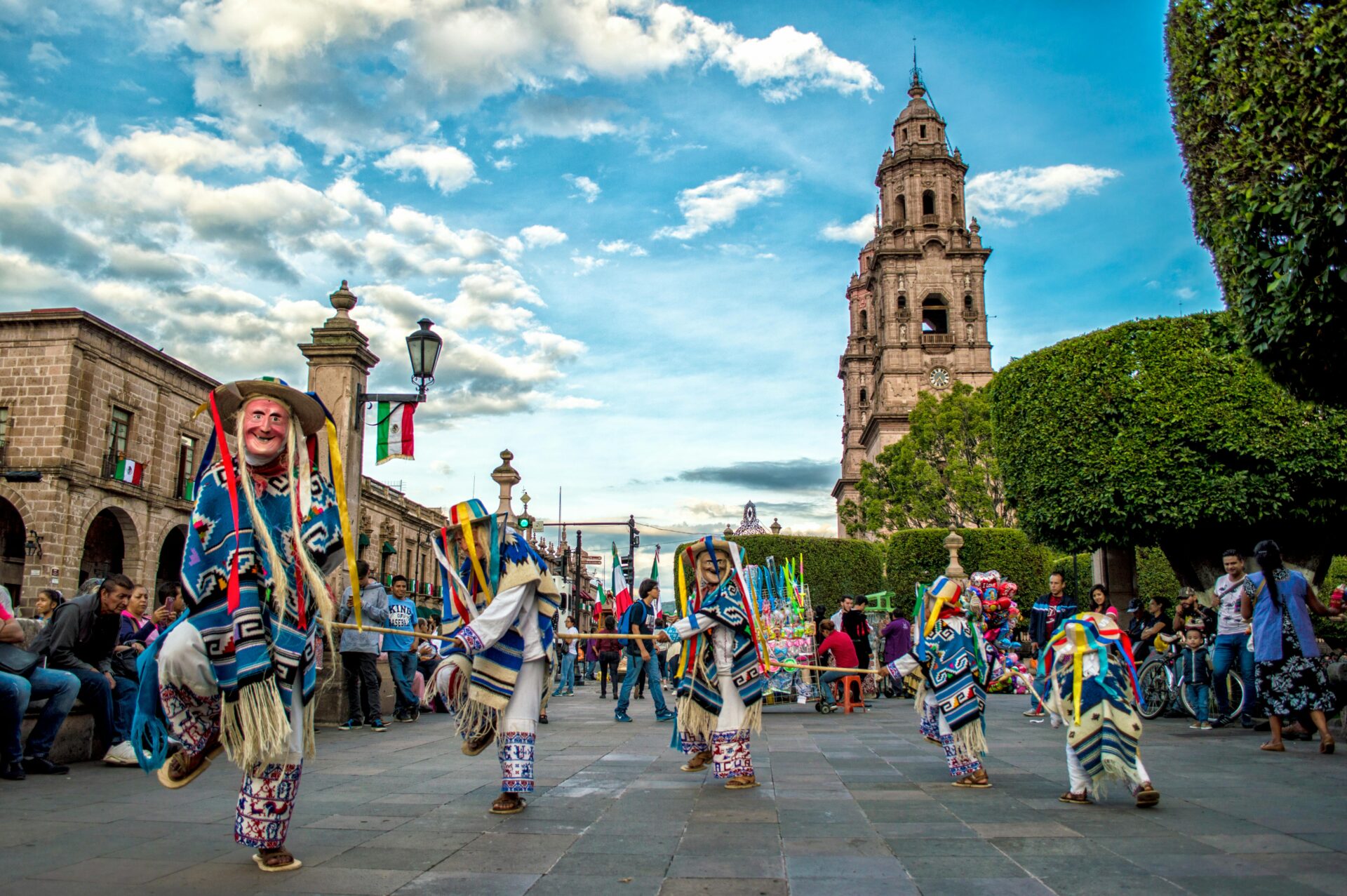
Discovering Diamante and Surroundings
Diamante’s appeal stretches well beyond its love for chili. This seaside town on the Tyrrhenian offers a mix of culture, beaches, and natural wonders that are just begging to be explored.
Strolling Through Hidden Gems
Exploring Diamante feels like wandering through a living art gallery. The famous murals cover buildings in the old center, telling tales of tradition and history in bold colors.
The old town’s narrow cobblestone lanes lead to surprise sea views. Don’t skip the Cirella ruins—they’re just a quick drive away and offer a peek into the region’s past.
While poking around, I found cozy little shops selling crafts and chili treats. In the evenings, the main piazza buzzes as locals come out for their passeggiata.
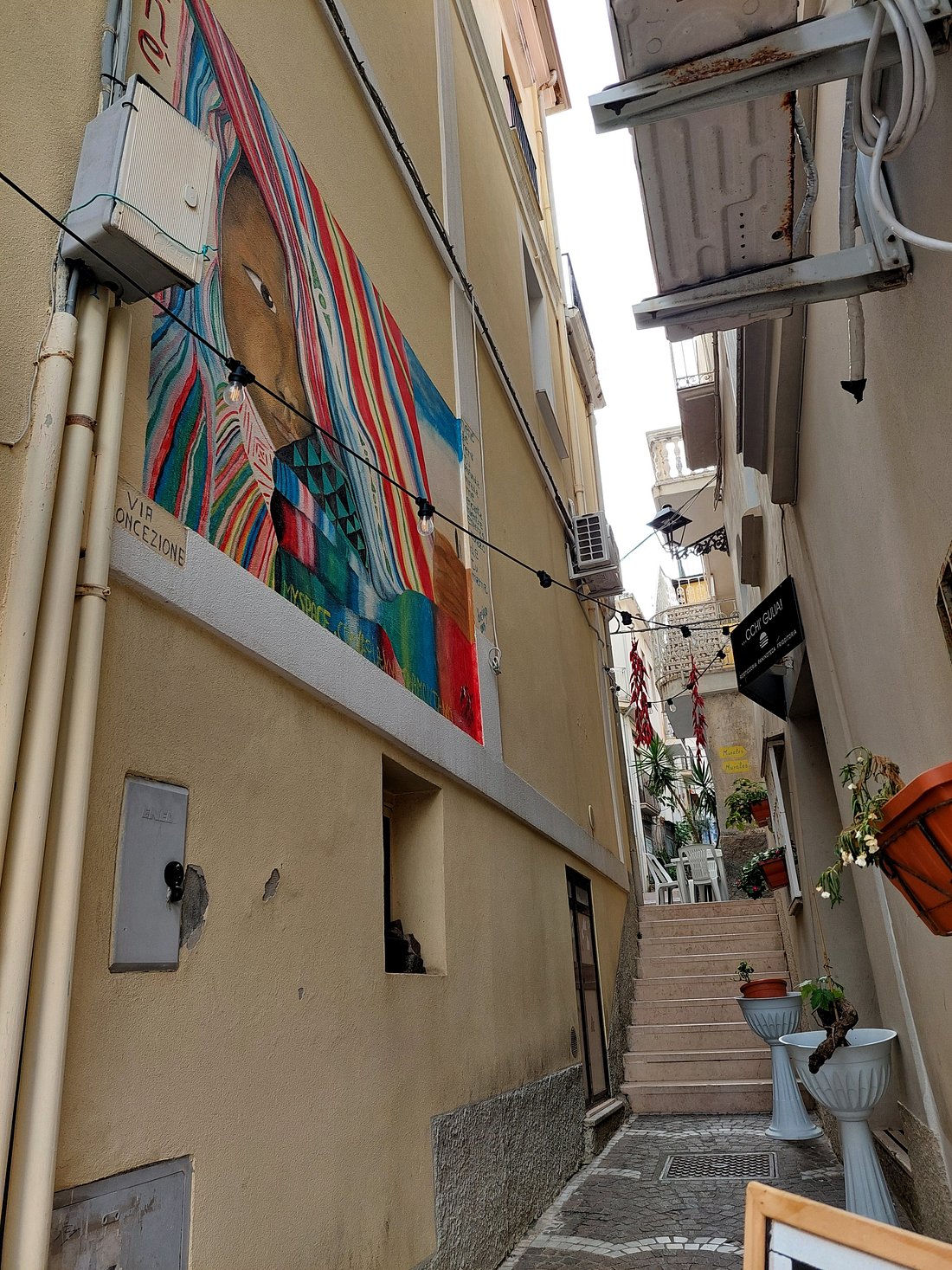
Pristine Beaches and Coastal Beauty
Diamante’s coastline is a real gem. The main beach runs along the town, with clear water and soft sand—great for swimming or just soaking up the sun.
If you’re after something quieter, check out Cirella Island. It’s a tiny, wild spot you can reach by boat, with hidden swimming coves and cool underwater scenery.
The Belvedere viewpoint is a must. I caught a sunset there that painted the sea gold, with Cirella Island silhouetted on the horizon.
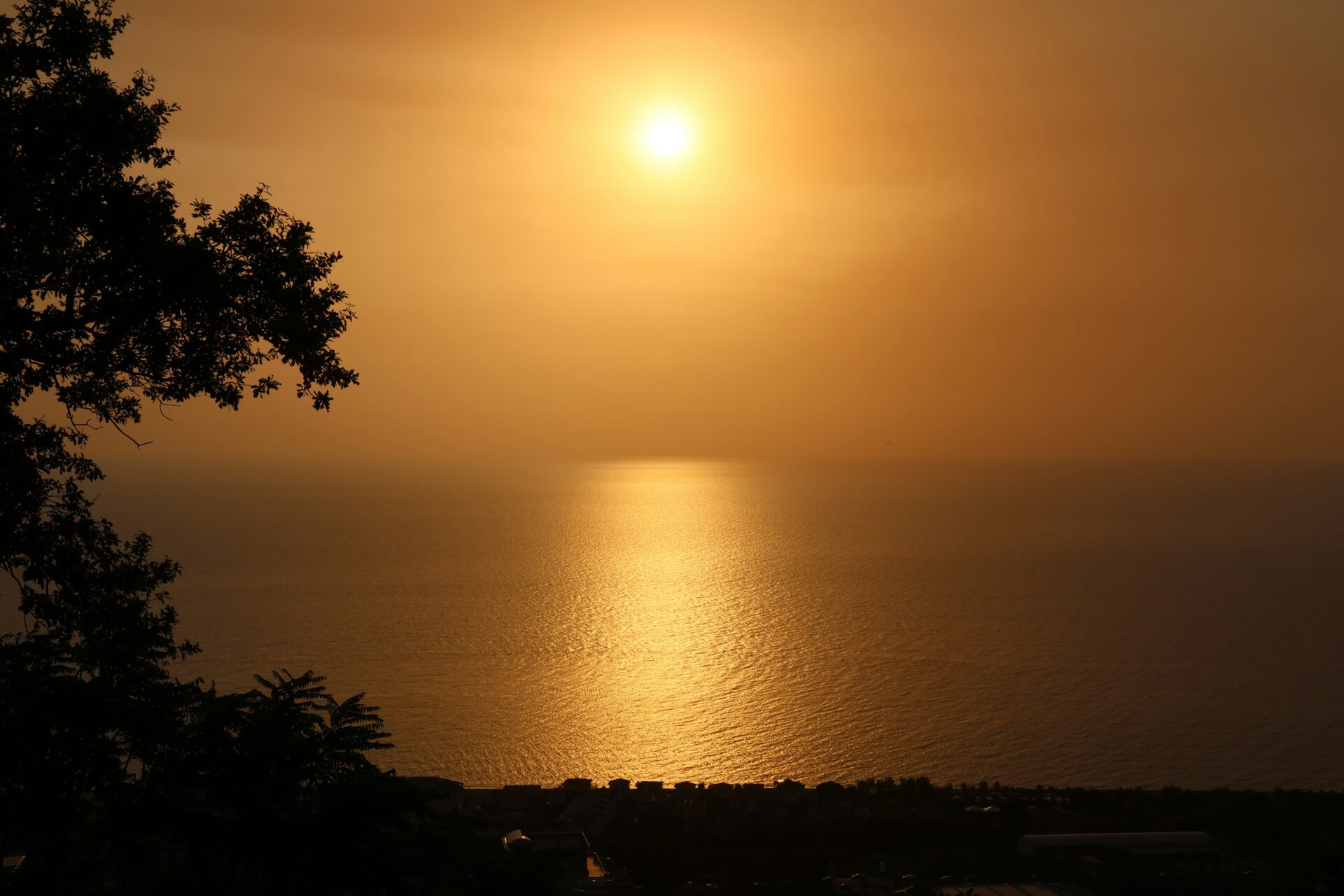
Natural Wonders: Parks and Hiking Trails
Step away from the beaches and Calabria reveals some wild landscapes. Pollino National Park—the largest in Italy—is an easy trip from Diamante. I hiked among ancient forests and stumbled onto hidden waterfalls.
Spring brings a riot of wildflowers to the park’s meadows. The trails range from gentle strolls to tough treks, so there’s something for everyone.
Further south, Aspromonte National Park offers more for nature fans. Its mix of habitats supports rare wildlife and plants. I managed to spot a golden eagle soaring overhead.
The River Lao nearby draws adventurers for rafting trips through dramatic gorges and peaceful valleys. It’s a whole new way to see Calabria’s wild side.
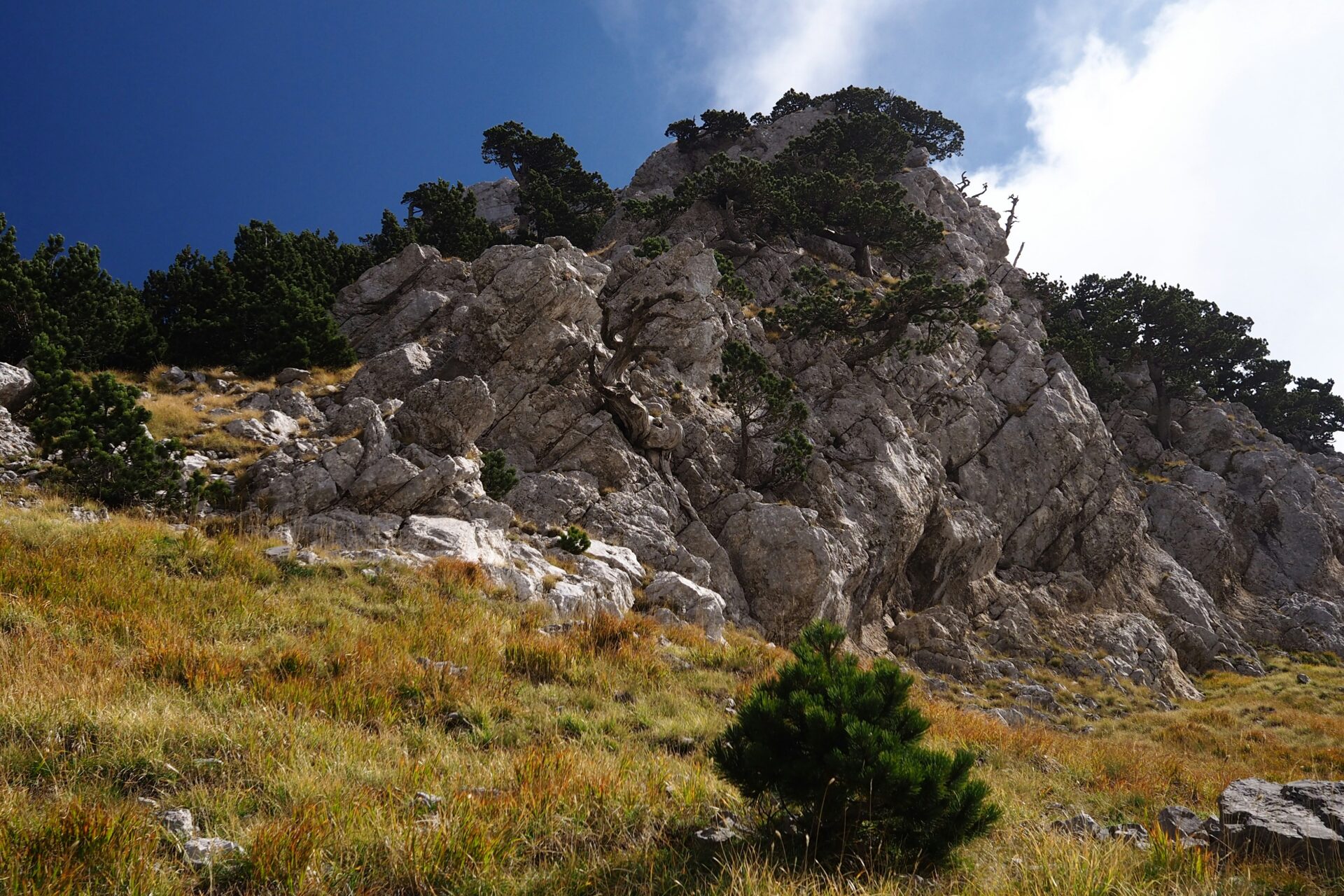
Calabria’s Influences and Regional Connections
Calabria’s rich patchwork of cultural influences stretches back centuries, shaping everything from Diamante’s chili traditions to its architecture and food. The region’s spot in the Mediterranean has made it a crossroads where civilizations meet and leave their mark.
Historical Legacies: Byzantines to Normans
When I wandered through Calabria, I couldn’t help but notice the layers of history everywhere. Byzantine churches pop up across the landscape, proof of the Eastern Empire’s long rule here.
You’ll still spot their influence in local dialects and even in some religious traditions. It’s honestly wild how much of that lingers.
Later, the Normans swept in and built these dramatic castles and fortifications. I stumbled on a few near Catanzaro, the regional capital, and they’re some of the best-preserved I’ve seen.
These medieval structures really bring the region’s turbulent past to life. You can practically feel the stories in the stones.
Greeks, Arabs, and Spanish rulers all left their fingerprints here too. That blend of cultures? It’s a big reason Calabria’s food stands out.
Take the famous chili pepper—locals made it a staple after it arrived from the Americas. I can’t imagine Calabrian cuisine without it.
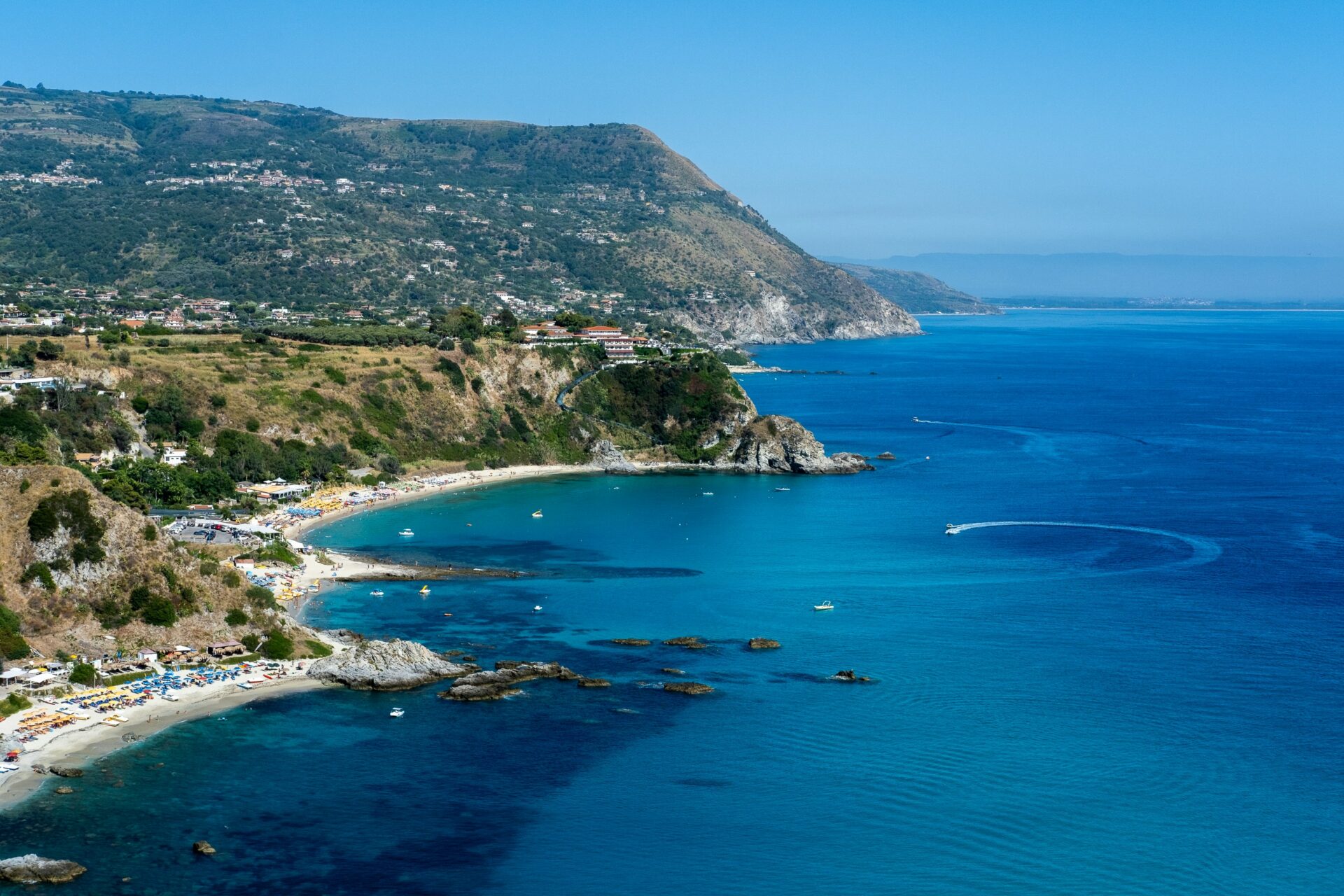
Ties to the Italian Peninsula and Sicily
Calabria sits at Italy’s toe, so it naturally connects to other regions. Every time I visit, I pick up on strong cultural similarities with Sicily, which sits just across the Strait of Messina.
The Tyrrhenian Sea on one side and the Ionian on the other have shaped Calabria into a maritime hub for centuries. Trade routes carried influences from Naples up north and Sicily down south.
Calabria and its neighbors share a lot when it comes to agriculture. Family-run farms still fill the hills with olives, citrus, and—of course—those fiery chili peppers.
When I drove through the countryside, I saw terraced fields that families have worked the same way for generations. It’s kind of moving to see that continuity.
Regional Culinary Connections:
- ‘Nduja (spicy spreadable sausage) → Born in Calabria, but now you’ll find it all over Italy
- Bergamot citrus → Grows mostly in Calabria, shows up in Italian perfumes and Earl Grey tea
- Pasta varieties → You’ll notice similarities with Sicilian and southern Italian traditions
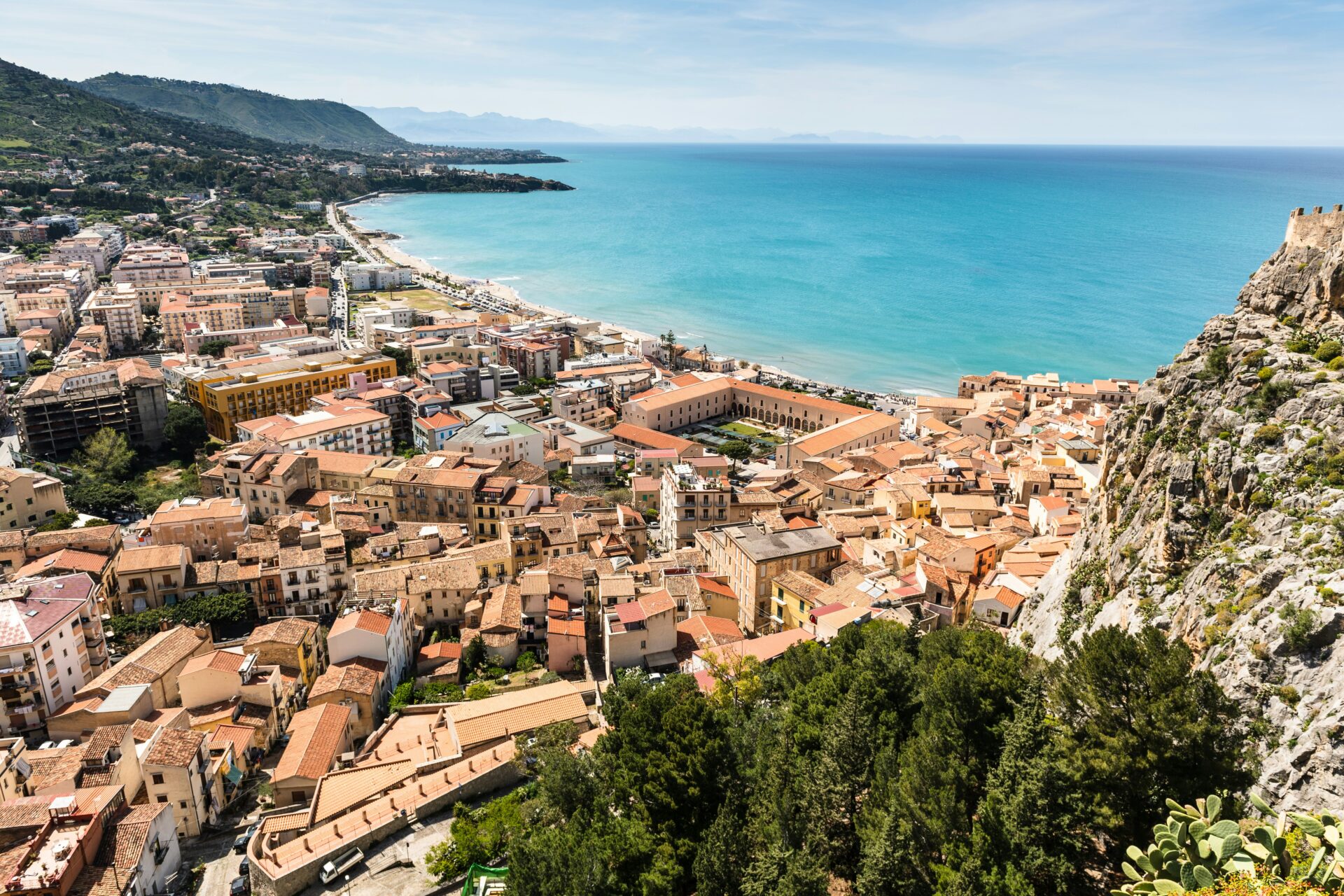
Exploring Nearby Towns and the Ionian Sea
I’ve got a few favorite day trips from Diamante, and honestly, exploring nearby coastal towns tops the list. Tropea sits on these wild cliffs above turquoise water—it’s a bit of a drive, but you really shouldn’t miss it.
You’ll find the incredible Riace Bronzes in Reggio Calabria, the biggest city in the region. Divers discovered these ancient Greek statues in the Ionian Sea back in 1972, and they’re probably Calabria’s most prized archaeological find.
If you’re up for something a little different, check out the ghost town of Pentedattilo. It clings to a jagged, five-fingered mountain and gives you these crazy views over the Ionian coastline.
The Ionian side of Calabria just feels different compared to the Tyrrhenian coast where Diamante is. You’ll notice the water’s calmer, the beaches are quieter, and there’s this strong ancient Greek vibe in the buildings and even the town names.

